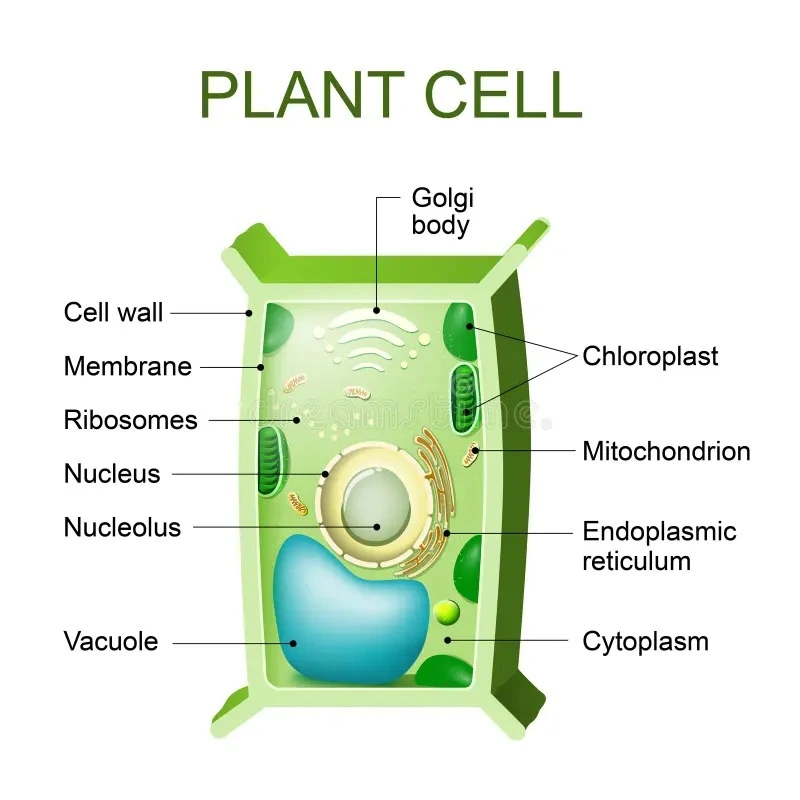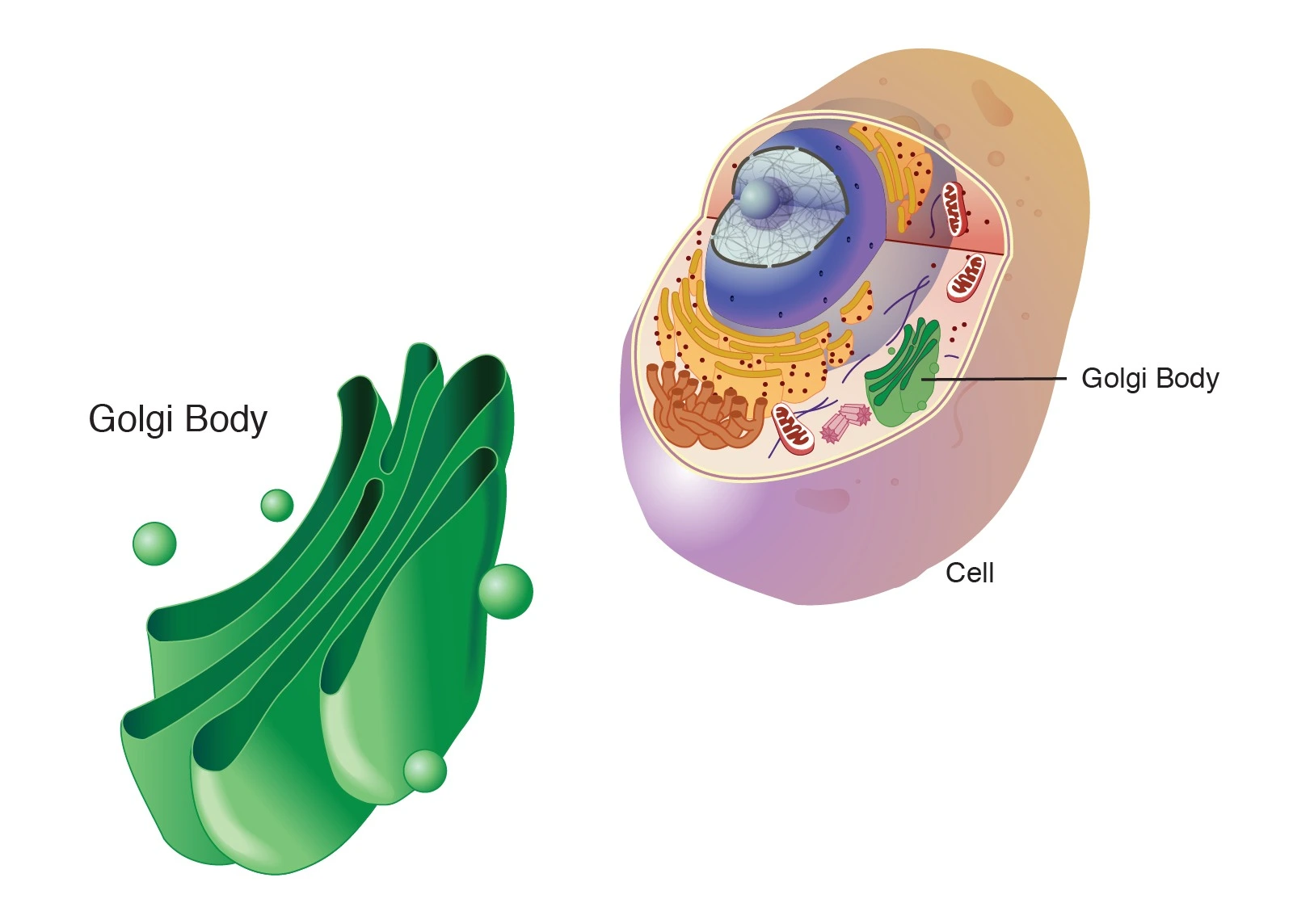A Comprehensive Guide to Cell Types: Eukaryotic and Prokaryotic Cells
A Comprehensive Guide to Cell Types: Eukaryotic and Prokaryotic Cells
Cells are the building blocks of life, the basic unit of all living organisms. From the simplest bacteria to the most complex human body, cells play a fundamental role in every living system. Although all living things are composed of cells, there are two major types: prokaryotic cells and eukaryotic cells. These cell types differ significantly in their structure, function, and complexity. Understanding these differences is essential to understanding life itself. In this blog, we will explore the structure of prokaryotic and eukaryotic cells, including their cell membranes, nucleolus, cell organelles, and their respective functions.
Introduction to Prokaryotic and Eukaryotic Cells
At the most basic level, cells are categorized into two types based on the presence or absence of a membrane-bound nucleus:
- Prokaryotic Cells: These cells are simpler, smaller, and lack a true nucleus and membrane-bound organelles. Bacteria and archaea are prime examples of prokaryotic organisms.
- Eukaryotic Cells: These cells are more complex, larger, and contain a true nucleus and numerous membrane-bound organelles. Plants, animals, fungi, and protists are composed of eukaryotic cells.
Both prokaryotic and eukaryotic cells share common structures like the cell membrane, cytoplasm, DNA, and ribosomes, but their internal organization and functional complexity differ significantly.

The Origin of Cells: LUCA (Last Universal Common Ancestor)
Before diving into the structural details, it is essential to recognize that both prokaryotic and eukaryotic cells likely evolved from a common ancestor, often referred to as the Last Universal Common Ancestor (LUCA). LUCA existed around 3.5 to 4 billion years ago and was a simple, single-celled organism. Over billions of years, evolution drove the diversification of LUCA's descendants into prokaryotes and eukaryotes.
Structure of Prokaryotic Cells
Prokaryotic cells are relatively simple in structure but incredibly efficient. The basic components of a prokaryotic cell include:

- Cell Membrane: The cell membrane is the outer boundary of the cell, responsible for regulating the entry and exit of substances. In prokaryotes, the cell membrane is typically surrounded by a rigid cell wall made of peptidoglycan, which provides structure and protection. The cell membrane itself is a phospholipid bilayer that serves as a semi-permeable barrier, allowing essential nutrients to enter while keeping harmful substances out.
- Cytoplasm: The cytoplasm is the gel-like substance that fills the interior of the cell. It is where all the cellular processes take place. The cytoplasm houses ribosomes, DNA, and enzymes necessary for cell metabolism.
- Nucleoid Region: Instead of a true nucleus, prokaryotic cells contain a nucleoid region, where their genetic material (DNA) is located. This DNA is typically a single circular chromosome, which floats freely in the cytoplasm.
- Ribosomes: Prokaryotes contain ribosomes, which are the sites of protein synthesis. Although smaller than eukaryotic ribosomes, they perform the same essential function—translating genetic information into proteins.
- Additional Structures
- Plasmids: Small, circular DNA molecules that carry genes beneficial for survival, such as antibiotic resistance.
- Flagella: Tail-like structures that help the cell move.
- Pili: Hair-like structures involved in cell adhesion and the exchange of genetic material.

Structure of Eukaryotic Cells
Eukaryotic cells are much more complex than prokaryotic cells, with many specialized organelles that perform various functions. Here are the key components of a eukaryotic cell:
a) Cell Membrane
Like prokaryotic cells, the cell membrane of a eukaryotic cell is a phospholipid bilayer that regulates the movement of substances in and out of the cell. However, in plant cells, an additional cell wall made of cellulose surrounds the cell membrane, providing extra support and structure.
b) Nucleus and Nucleolus
The defining feature of eukaryotic cells is the presence of a nucleus, a membrane-bound organelle that contains the cell's genetic material. The nucleus is the control center of the cell, regulating growth, metabolism, and reproduction.
- Nucleolus: Inside the nucleus is the nucleolus, a dense region where ribosomal RNA (rRNA) is synthesized and combined with proteins to form ribosomes. The nucleolus is essential for protein synthesis and cell growth.
c) Cytoplasm
The cytoplasm of eukaryotic cells contains all the organelles and is the site for most cellular activities. It consists of cytosol (the liquid part) and various organelles suspended within it.
d) Ribosomes
Eukaryotic cells also have ribosomes, which can be found floating freely in the cytoplasm or attached to the rough endoplasmic reticulum (ER). Ribosomes synthesize proteins by reading mRNA sequences and linking amino acids together.
Organelles and Their Functions in Eukaryotic Cells
Eukaryotic cells contain numerous organelles, each with specific roles that contribute to the overall functioning of the cell. These organelles allow for compartmentalization, increasing the efficiency and specialization of cellular processes.
a) Endoplasmic Reticulum (ER):
The endoplasmic reticulum is a network of membranous tubules and sacs responsible for the synthesis, folding, and transport of proteins and lipids. It is divided into two types:
- Rough Endoplasmic Reticulum (RER): Studded with ribosomes, the RER is involved in the synthesis of proteins that are either secreted from the cell or integrated into the cell membrane.
- Smooth Endoplasmic Reticulum (SER): Lacking ribosomes, the SER is involved in the synthesis of lipids, metabolism of carbohydrates, detoxification of drugs and poisons, and storage of calcium ions.
b) Golgi Apparatus:
The Golgi apparatus functions as the cell's post office, modifying, sorting, and packaging proteins and lipids for transport to their final destinations. It plays a critical role in the secretion of cellular products.
c) Mitochondria:
Often referred to as the “powerhouse of the cell,” mitochondria are the sites of cellular respiration, a process that generates ATP (adenosine triphosphate), the cell's main energy currency. Mitochondria have their own DNA and are believed to have originated from ancient symbiotic bacteria.
d) Lysosomes:
Lysosomes are membrane-bound organelles containing digestive enzymes. They break down waste materials, old cell parts, and foreign invaders like bacteria, acting as the cell's waste disposal system.
e) Cytoskeleton:
The cytoskeleton is a network of protein fibers that provides structural support for the cell and facilitates movement. The cytoskeleton is composed of three types of fibers:
- Microtubules: Provide structural support and help in cell division and intracellular transport.
- Microfilaments: Assist in cell movement and shape maintenance.
- Intermediate filaments: Provide tensile strength and help maintain cell shape.
f) Vacuoles:
Vacuoles are storage organelles found in both plant and animal cells. In plant cells, a large central vacuole stores water, nutrients, and waste products, and helps maintain cell turgor pressure, which is crucial for plant rigidity.
g) Chloroplasts (in Plant Cells):
Plant cells contain chloroplasts, which are the sites of photosynthesis. Chloroplasts capture sunlight and convert it into chemical energy in the form of glucose, which can later be used for cellular respiration.
h) Peroxisomes:
Peroxisomes are small organelles that contain enzymes responsible for breaking down fatty acids and detoxifying harmful substances like hydrogen peroxide.
The Importance of Cellular Diversity
Cellular diversity is critical for the functioning of all living organisms. From simple prokaryotic cells that thrive in extreme environments to complex eukaryotic cells that make up the tissues of plants and animals, cells exhibit a remarkable range of specialization. This diversity allows organisms to adapt to a wide variety of environments, evolve new functions, and support life on Earth.
Conclusion
Cells, the building blocks of life, are extraordinary in their complexity and diversity. While prokaryotic cells are simpler and more ancient, eukaryotic cells evolved to support the intricate structures and functions found in multicellular organisms like plants, animals, and fungi. Both cell types share common elements like the cell membrane, ribosomes, and DNA, but their differences define the incredible diversity of life. Through specialized organelles, eukaryotic cells can compartmentalize functions, increasing their efficiency and complexity. Understanding cells and their components is fundamental to biology and helps us appreciate the sophisticated systems that make life possible.
Whether you are studying bacteria, plants, or humans, recognizing the fundamental differences between prokaryotic and eukaryotic cells is the key to unlocking the mysteries of life at its most basic level.
Meta Title: Understanding Eukaryotic and Prokaryotic Cells: Structure, Organelles, and Functions
Meta Description: Explore the key differences between eukaryotic and prokaryotic cells. Learn about the essential components, including cell membranes, nucleolus, and various organelles, along with their functions in cellular processes. Dive into the fascinating world of cell biology!
Guides
- Benefits of Protein
- 7 Healthy Eating Habits
- 7 Most Effective Exercises At Home
- Home Workout Plan Without Equipment
- Top 10 Biggest Nutrition Myths
- How To Get Flexible Body?
- Weight Loss VS Fat Loss
- What is Keto Diet?
- What Is Minerals?
- What Is Digital Marketing ?
- Best Free Tools For Beginner You Tubers
- Best Teas For Weight Loss & Fat Burning
- Green Tea: Health Benefits And Side Effects
- Yoga for Weight Loss and Fat Burning
- What Is Type-2 Diabetes?
- How To Write Eye-Grabbing Resume
- The Ultimate Guide To Prepare For An Interview
- 10 Best Health Benefits Of Eating Mango
- healthy eating habits for kids
- 10 tips for starting your Fitness Transformation
- 10 Reasons Why People Hate Gym & How to Overcome Them
- Fuel Your Passion For Nutrition: Explore The Power Of A Nutrition Course
- Shed Pounds with Ease: Vegetarian Diet Plan for Weight Loss Revealed!
- Anabolic steroids: Types, Uses, and Side Effects
- Find Your Path to Success: Choosing the Right Fitness Certification Program in India
- learn gym trainer course offline at surat with best faculties
- Learn about Body Composition and How it Affects Your Health
- Nutrition course online with affordable fees
- Online Dietitian Plan vs In-Person Consultation: Which is Right for You?
- The Importance Of Fitness Education In Today's World


About Dr.Gautam Jani
Dr. Gautam is a civil engineer. By passion he is a dietitian and had started practising it in the year 2016. He is the founder of fitnesswithgomzi firm established in 2018. He has achieved many certificate from ACSM, ISSA and VLCC.

